
How Networking Distributors are Accelerating Next-Generation Data Centres Towards 400G ?
The digital landscape continues to evolve at an unprecedented pace, and data centres stand at the forefront of this transformation. With the insatiable demand for faster, more efficient data transmission, the race towards higher network speeds is on. Networking distributors, the unsung heroes of this technological evolution, play a pivotal role in facilitating this transition. This blog will delve into the world of 400G (Gigabit) technology, exploring the components that make it possible, the role of networking distributors, and how this advancement is reshaping next-generation data centres.
- What is 400G DCI?
1.1 The Need for Speed
Data Centre Interconnect (DCI) is the glue that binds data centres, enabling them to communicate and share data efficiently. The transition from 100G to 400G DCI represents a monumental leap in data transmission capabilities. 400G DCI offers a plethora of advantages, including:
1.2 Improved Bandwidth
400G technology provides four times the bandwidth of its predecessor, 100G. This is essential in accommodating the ever-increasing volume of data generated and processed by modern data centres.
1.3 Reduced Latency
Low latency is vital for real-time applications such as streaming, online gaming, and financial trading. The 400G DCI helps minimize data transfer delays, enhancing the user experience.
1.4 Enhanced Scalability
With its higher bandwidth, 400G technology allows data centres to scale their operations more effectively, meeting the demands of an ever-growing digital world.
1.5 Energy Efficiency
Energy efficiency is a growing concern for data centres. 400G technology optimizes power usage, reducing the environmental impact of data centre operations.
At the heart of the next-generation data centre lies the 400G switch. These devices serve as the central point for data traffic within the network, and they are integral to realizing the potential of 400G DCI. Several key aspects characterize 400G switches:
2.1 Port Density
400G switches typically boast a high port density, enabling data centres to connect numerous devices and servers efficiently. This high port density is essential in managing the ever-increasing volume of data.
2.2 Compatibility
Networking distributors ensure that 400G switches are compatible with various network protocols and devices, making integration into existing infrastructure a seamless process.
2.3 Forwarding Rate
The 400G switch’s forwarding rate is critical for rapid data transfer and real-time processing of large datasets. High forwarding rates ensure that data centres can handle the increasing load effectively.
2.4 Advanced Features
Advanced features, such as network virtualization, traffic optimization, and security protocols, are integrated into 400G switches. These features are vital to support the diverse requirements of modern data centres.
Transceivers, the unsung heroes of data transmission, serve as the interface between switches and the optical fibre infrastructure. Networking distributors provide an array of 400G transceivers to enable high-speed data transmission, including:
3.1 Form Factors
Networking distributors offer a range of form factors for 400G transceivers, such as QSFP-DD, OSFP, and CFP8, ensuring compatibility with various switch designs.
3.2 Reach
Different transceivers are designed for varying reach requirements, from short-range connections within a data centre to long-haul connections between data centres.
3.3 Wavelengths
Understanding the wavelengths supported by 400G transceivers is essential for wavelength division multiplexing (WDM) applications, which help increase the efficiency of data transmission.
3.4 Reliability
Networking distributors ensure that 400G transceivers meet industry standards for reliability and performance. This guarantees the smooth operation of data centre networks.
Direct Attach Cables (DAC) and Active Optical Cables (AOC) play a pivotal role in connecting data centre equipment with high-speed switches and transceivers. DACs employ copper cabling for short-range connections, while AOCs use optical fibres for longer-range connections. Networking distributors offer various options in DAC and AOC cables to support 400G connectivity:
4.1 Copper vs. Fibre
DAC cables are cost-effective and suitable for short-range connections, whereas AOC cables are ideal for long-haul and high-bandwidth applications due to their lower signal loss.
4.2 Length and Reach
DAC and AOC cables come in various lengths, accommodating different data centre configurations and distance requirements.
4.3 Speed and Reliability
Networking distributors ensure that DAC and AOC cables can handle the high-speed data transmission of 400G and maintain reliability.
4.4 Connector Types
The compatibility of connectors with switches and transceivers is essential for seamless integration. Networking distributors offer a wide range of options to meet different needs.
- The Role of Networking Distributors in the 400G Transition
The deployment of 400G technology in data centres would not be possible without the active involvement of networking distributors. These distributors serve as a crucial link between technology manufacturers and data centre operators, playing a pivotal role in accelerating the adoption of 400G solutions. Let’s delve deeper into how networking distributors are facilitating the 400G transition:
5.1 Access to a Wide Range of Products
One of the primary benefits of working with networking distributors is access to a diverse and comprehensive range of 400G products. These distributors maintain strong partnerships with multiple manufacturers, ensuring that data centre operators have an array of choices when it comes to 400G switches, transceivers, and cables. This variety allows data centres to select the specific components that best align with their unique requirements, whether it be based on budget constraints, scalability needs, or performance expectations.
5.2 Product Knowledge and Expertise
Networking distributors are not just middlemen; they are technology experts in their own right. They possess in-depth knowledge about 400G technology and its applications, enabling them to provide valuable guidance to data centre operators. When navigating the complex landscape of high-speed networking, distributors can offer insights into the advantages and disadvantages of different components, helping data centre operators make informed decisions. This expertise is particularly valuable for organizations that may not have an in-house team of network specialists.
5.3 Customisation and Integration
Every data centre has unique requirements and configurations. Networking distributors recognize this diversity and offer customization options to ensure that the selected 400G components integrate seamlessly into the data centre’s infrastructure. Whether it’s adjusting the port density of a switch, selecting transceivers with specific reach capabilities, or choosing the right length and type of DAC or AOC cable, distributors can tailor solutions to fit each data centre’s individual needs. This level of customization not only enhances performance but also minimizes the risk of unnecessary expenses.
5.4 Supply Chain Management
A significant advantage of partnering with networking distributors is their efficient supply chain management. Distributors have established networks and logistical expertise that allow them to streamline the procurement process. They can source, stock, and deliver 400G components promptly, ensuring that data centres have access to the technology they need when they need it. This reliability in the supply chain is crucial, especially in scenarios where rapid deployment is required to accommodate unexpected increases in data traffic.
5.5 Technical Support and Services
The support offered by networking distributors extends beyond product distribution. Many distributors provide technical support and services to assist data centre operators in the implementation of 400G solutions. From installation and configuration to troubleshooting and maintenance, these services can significantly reduce the burden on data centre staff and ensure that the technology functions optimally. This added layer of support is invaluable for organizations looking to maximize the benefits of 400G technology without stretching their internal resources too thin.
- Ensuring Compatibility and Interoperability
Networking distributors play a vital role in ensuring that all 400G components work seamlessly together. They take the responsibility of compatibility testing, making certain that the switches, transceivers, and cables from different manufacturers work harmoniously in the data centre environment. This compatibility is essential to avoid issues that may arise from the mismatch of components and to guarantee a stable and reliable network.
- Cost-Efficiency and Cost Management
The transition to 400G technology is a substantial investment for data centres. Networking distributors help data centre operators manage costs effectively. They often negotiate bulk purchase agreements with manufacturers, allowing data centre operators to benefit from cost savings. Additionally, distributors can provide insights into cost-effective solutions, helping data centres make the most out of their budget without sacrificing performance.
- Lifecycle Management
Data centre operators need to consider the long-term sustainability of their network infrastructure. Networking distributors assist in the lifecycle management of 400G technology. They help plan for future upgrades, ensuring that data centres remain competitive and capable of accommodating emerging technologies as they evolve.
- Inventory Management
In the fast-paced world of data centres, managing inventory efficiently is crucial. Networking distributors maintain extensive inventories of 400G components, reducing lead times for data centre operators. They offer just-in-time inventory solutions, ensuring that data centres have the necessary components readily available when needed.
- Quality Assurance
Quality assurance is paramount in the world of high-speed data transmission. Networking distributors ensure that the 400G components they provide meet the highest industry standards. This quality assurance process covers everything from the durability of cables to the precision of transceivers, guaranteeing a reliable and consistent network performance.
- Keeping Abreast of Technological Advancements
The networking landscape is continually evolving. Networking distributors stay updated with the latest technological advancements. They actively engage with manufacturers and industry organizations to remain at the forefront of innovations, ensuring that data centre operators have access to the most cutting-edge solutions.
- Industry Expertise and Training
Networking distributors often provide training and educational resources to data centre operators. They empower data centre staff with the knowledge and skills required to manage and maintain 400G technology effectively. This training is invaluable, especially for organizations venturing into 400G for the first time.
- Regulatory Compliance and Standards
Compliance with industry regulations and standards is non-negotiable in data centre operations. Networking distributors play a crucial role in ensuring that all 400G components conform to relevant regulations and standards. This compliance not only keeps data centres within legal boundaries but also assures the reliability and security of data transmissions.
- Data Centre Growth and Scalability
Scalability is a cornerstone of modern data centres. Networking distributors understand the importance of designing systems that can grow with the data centre’s needs. They assist data centre operators in building infrastructure that can be expanded efficiently without requiring a complete overhaul, saving both time and resources.
- Global Reach and Distribution
Many data centres operate on a global scale, and networking distributors can provide solutions and services worldwide. This global reach enables data centre operators to standardize their infrastructure across various regions, ensuring consistency and compatibility regardless of location.
- Disaster Recovery and Redundancy
Disaster recovery planning is essential for data centres. Networking distributors can help design and implement redundancy solutions, including backup switches, transceivers, and cables, to ensure that data can be quickly and securely rerouted in the event of an unexpected failure.
- Environmental Considerations
With the increasing focus on environmental sustainability, networking distributors are also contributing to this cause. They provide information on eco-friendly components and practices, helping data centres reduce their carbon footprint and minimize their impact on the environment.
Conclusion
As data centres continue to evolve and embrace the high-speed connectivity offered by 400G technology, the role of networking distributors in driving this transition is more critical than ever. Their ability to provide access to a diverse range of products, offer expert knowledge and guidance, customize solutions, manage the supply chain efficiently, and provide crucial technical support makes them indispensable partners in the journey towards 400G data centre interconnectivity. The seamless integration of 400G technology is a testament to the collaborative efforts of data centre operators and their trusted networking distributors. Together, they are building the infrastructure needed to meet the ever-increasing demands of the digital age.
In conclusion, the 400G transition in data centres represents a significant milestone in the field of networking. It offers a higher bandwidth, reduced latency, enhanced scalability, and improved energy efficiency. This transition wouldn’t be possible without the pivotal role played by networking distributors. They ensure access to a wide range of 400G products, offer expertise and customization, manage the supply chain efficiently, and provide crucial technical support. As data centres continue to evolve, the collaboration between data centre operators and networking distributors is vital for the seamless integration of 400G technology. This partnership paves the way for next-generation data centres to meet the escalating demands of the digital age.
FAQ's
Networking distributors act as intermediaries between technology manufacturers and data centre operators, providing access to a wide range of networking components, including switches, transceivers, and cables.
The transition to 400G technology is crucial because it offers significantly higher data transmission speeds, increased bandwidth, reduced latency, and improved energy efficiency, all of which are essential for modern data centres.
400G switches offer higher port density, increased compatibility with various network protocols, faster forwarding rates, and advanced features like network virtualization and security.
When choosing 400G transceivers, consider factors such as form factors, reach, supported wavelengths, and reliability.
DACs use copper cabling for short-range connections, while AOCs use optical fibres for longer-range connections within data centres. They are critical for connecting equipment to high-speed switches and transceivers.
Networking distributors perform compatibility testing to ensure that switches, transceivers, and cables from different manufacturers work seamlessly together, eliminating any potential issues due to component mismatches.
Networking distributors negotiate bulk purchase agreements, provide cost-effective solutions, and offer insights to help data centre operators maximize their budgets without sacrificing performance.
Networking distributors ensure that the 400G components they provide meet the highest industry standards, guaranteeing a reliable and consistent network performance.
Networking distributors actively engage with manufacturers and industry organizations to remain at the forefront of innovations, ensuring data centre operators have access to cutting-edge solutions.
Networking distributors offer training and educational resources to empower data centre staff with the knowledge and skills required to manage and maintain 400G technology effectively.
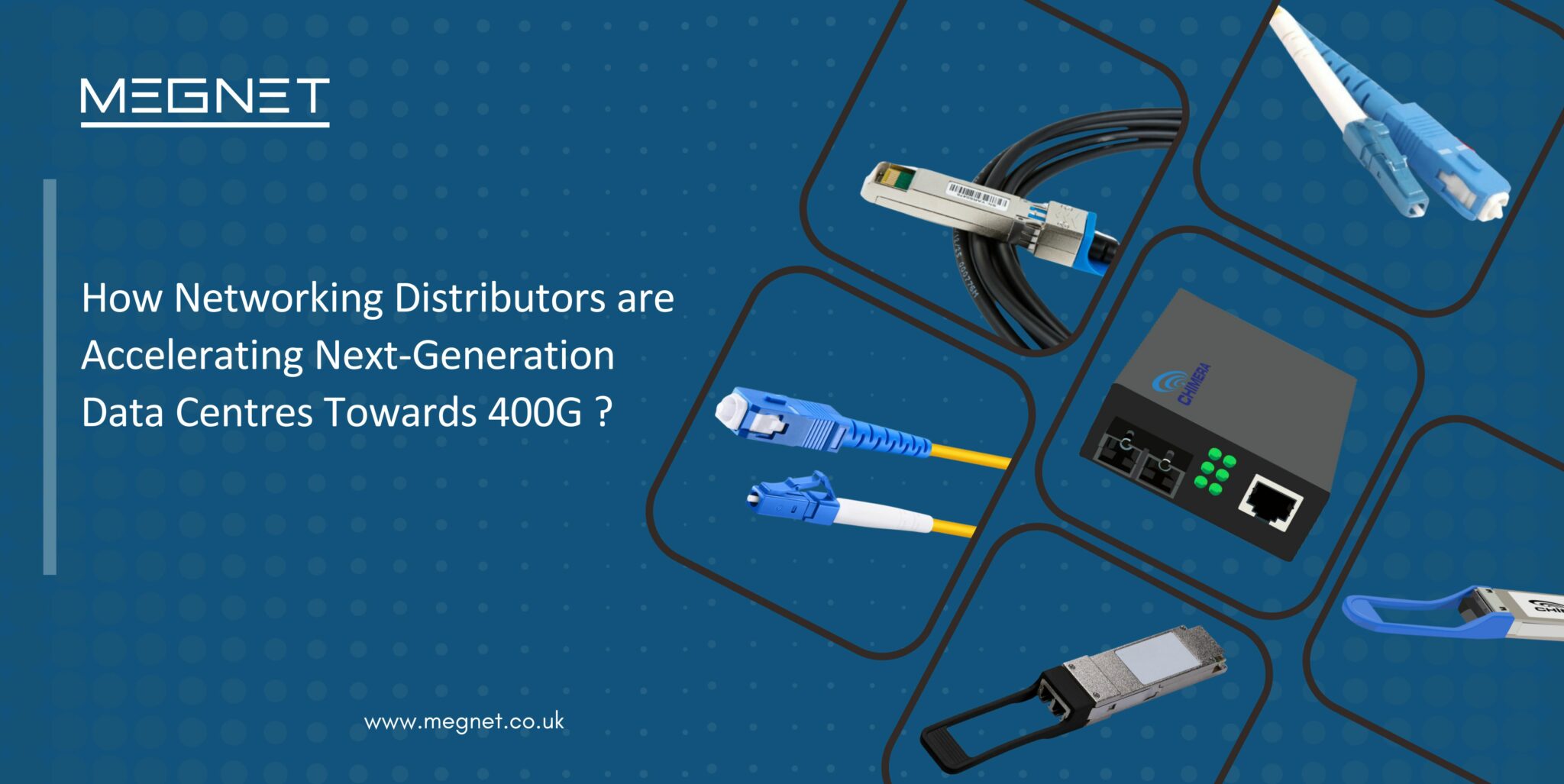

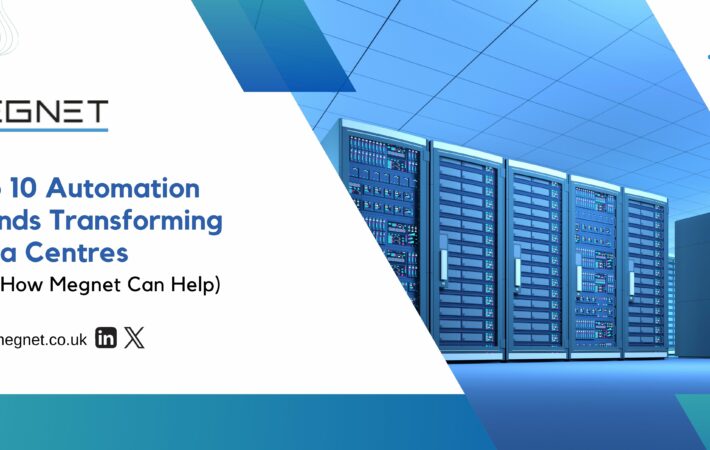
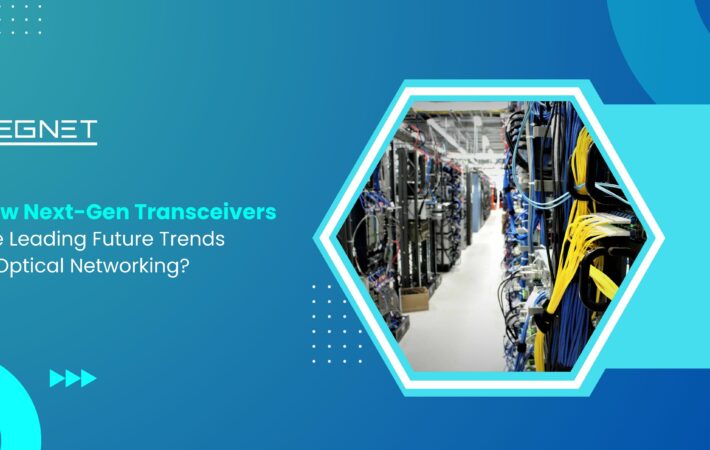
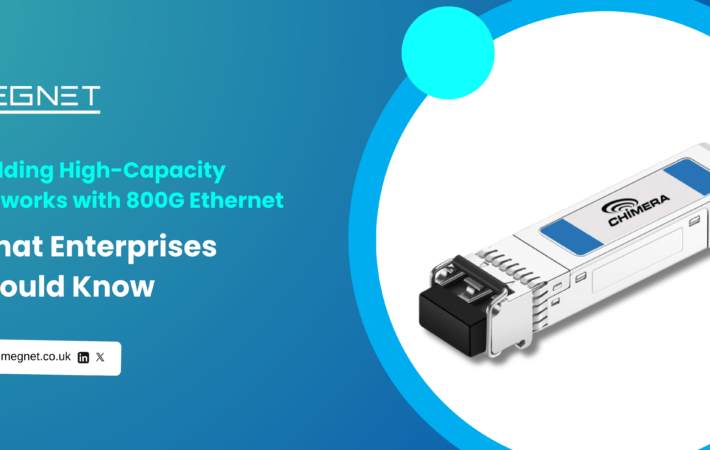
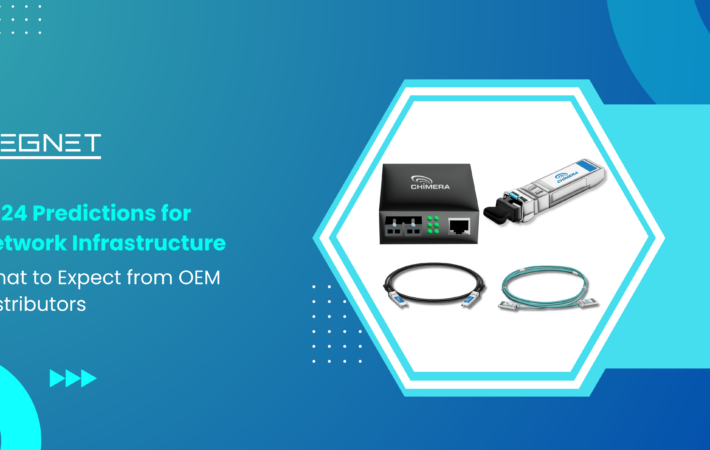
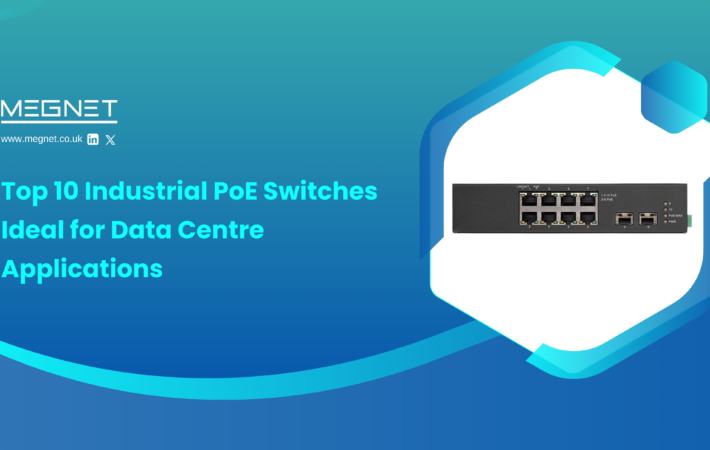


Leave a comment
Your email address will not be published. Required fields are marked *